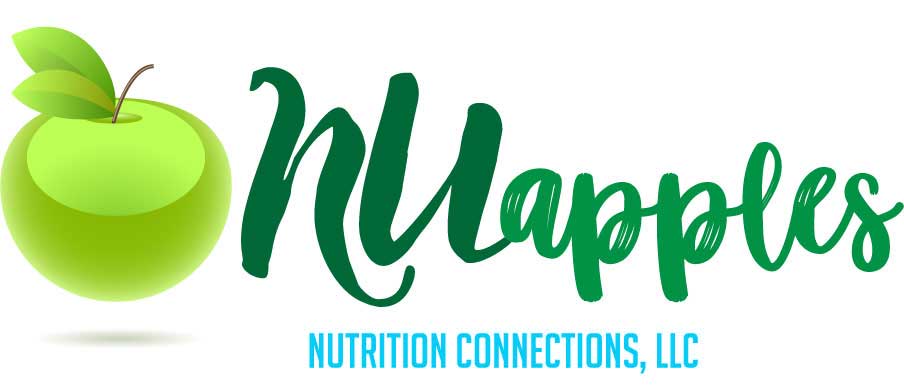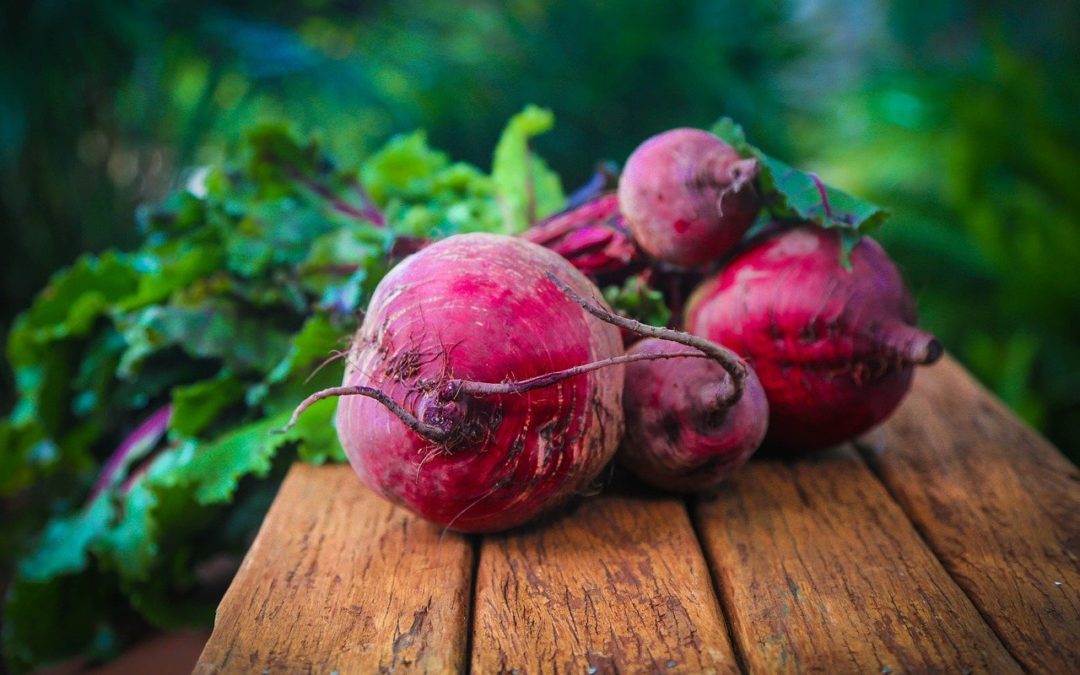Two weeks ago, after work, a friend and I took a stroll through Whole Foods’ Deli. Immediately being drawn to the bright red color of the beets, the desire to purchase hit us both like a sledgehammer. Now, I did not buy the beets. However, the very next weekend, I was serving beets for dinner. The power of sublingual persuasion.
Formally called beetroots, according to history, archeological data reports the presence of remnants of beets in the Saqqara Pyramid at Thebes, Egypt dating as far back as the Third Dynasty. The ancient Greeks began to grow them in 300 BC, and at that time, only ate the leaves, as the high esteem root belongs to the sun god Apollo in the temple of Delphi. Historical data also reports the use of the beet’s leaves for wound dressing as part of the medicinal skills and wisdom of Hippocrates when caring for his patients. Also, I find it quite fascinating that the 4th and 5th centuries writings of the Talmud advises the consumption of beetroots to sustain a more extended life. Where did the ancients of old receive the knowledge of the nutritional benefits of consuming plants without modern techniques of science and research? What they have previously proclaimed as history is our reality today. Therefore, Meet the Ruby Red Powerhouse Vegetable of our time.
Beets have made an eye-awakening come-back from the past claiming their rightful place as a Nutritional Powerhouse Vegetable. For starters, beets contain an abundance of active substances known as phytochemicals. The phytochemical is in the form of phytosterols such as Betalains, nitrates/nitrites, and carotenoids. Betalain is responsible for the beautiful deep-red color of beets that provides their natural pigmentation. Betalain, just as all phytochemicals are known to have some anti-cancer, antiviral, and antioxidant activity. Research studies support the extensive use of Betalains in the treatment of inflammatory and cardiovascular diseases. Betalains also are useful in the treatment of asthma, arthritis, intestinal inflammation, diabetes, and other conditions associated with aging. Perhaps, during the 4th and 5th centuries, the authors of the Talmud witness for themselves these evidence-based health benefits of beets prompting the recommendation to sustain a long life.
The nitrate in beets is a natural dietary substance, which converts to nitrite oxide. Evidence-based research shows that nitrite oxide is a potent substance that can expand the blood vessels as a means to lower blood pressure. Nitrite oxide is also known to improve the blood flow to the brain. As a result, a study in the EUR J Sports Science suggests that eating beets may enhance cognitive function.
Evidenced-based animal studies also suggest that beetroot extract appears to reduce tumor growth. More importantly, a research study by Lechner JF reports beetroot extract to minimize the growth of breast and prostate cancer cells.
Perhaps the ancient Greek’s understood the performance-enhancing abilities of beetroots. A 2017 study in Nutrients reports the positive energy-enhancing effects nitrite oxide has within the body’s cells. The research indicates that nitrates have a significant impact on increasing tolerance levels during exercise performance. Another study shows how the consumption of beetroot improves high-intensity exercise, such as running and is popular among athletes today.
What more is there to say except it is true, everything that’s old is new, and everything new is old – Greet the Ruby Red Powerhouse-Beets.


Recent Comments